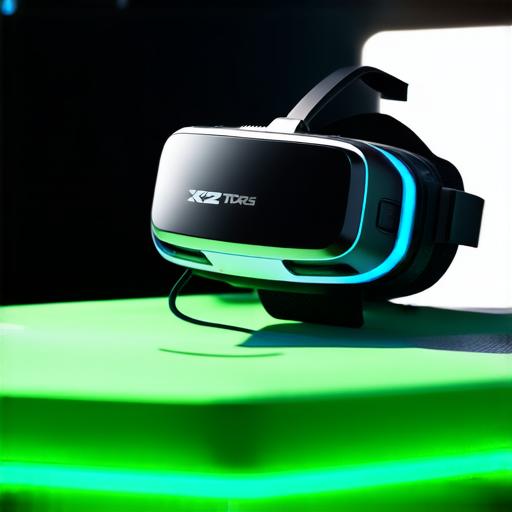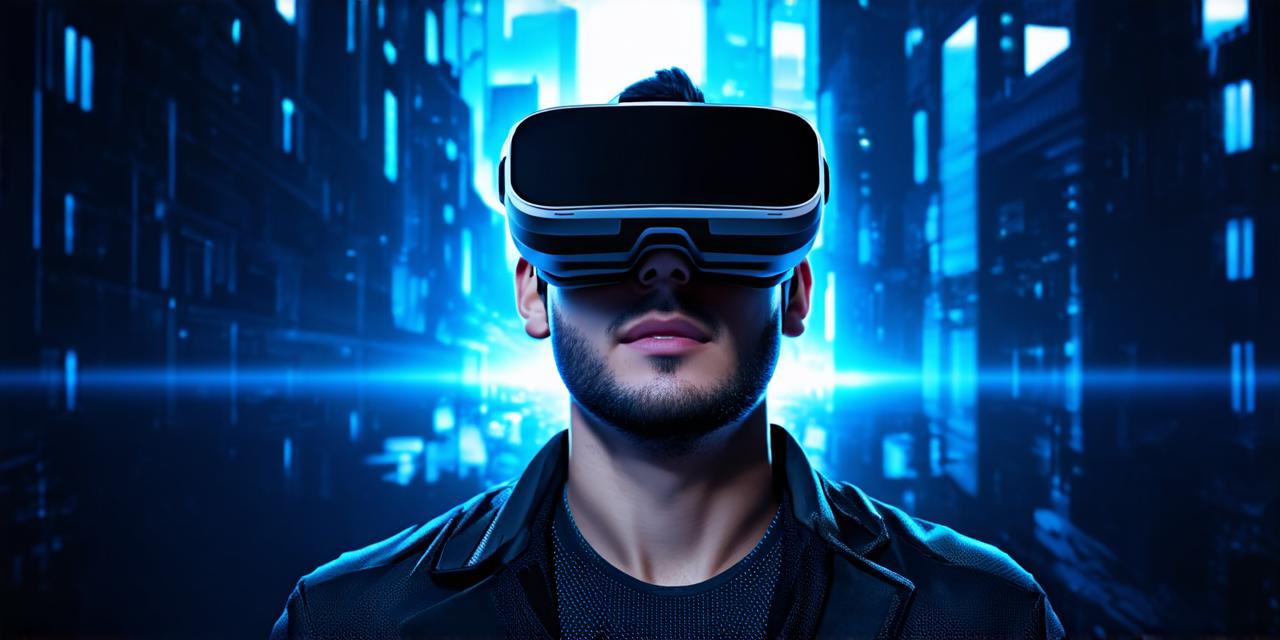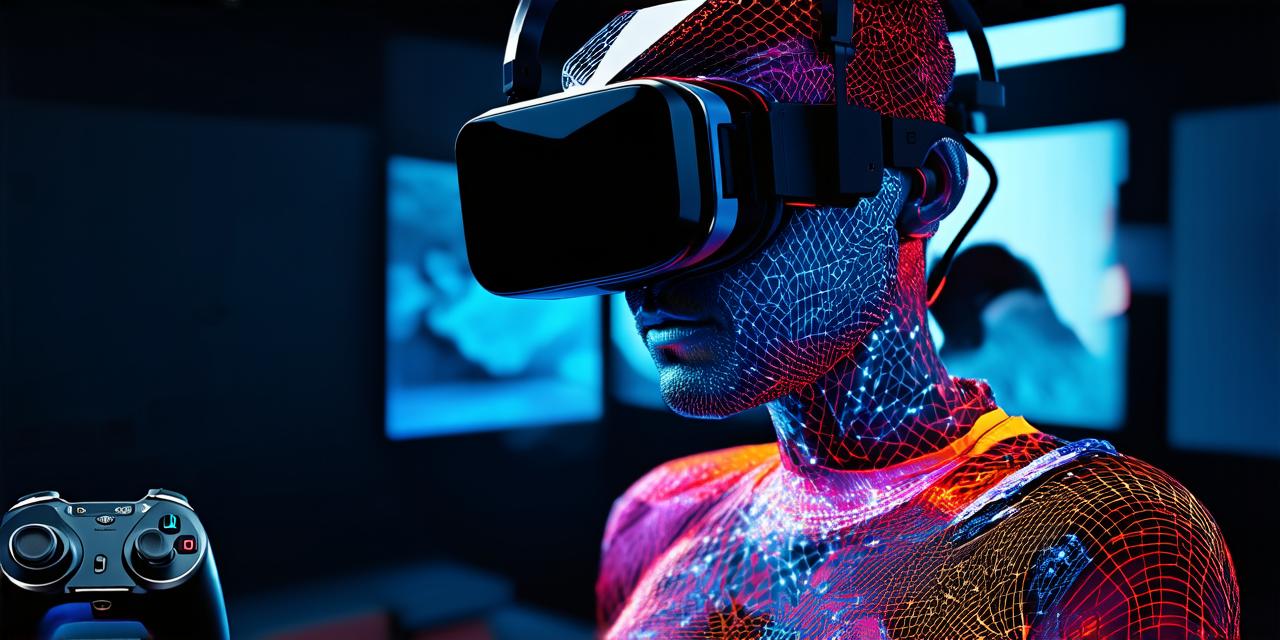Virtual reality (VR) technology has revolutionized the way we interact with digital media and experience immersive environments. One of the essential components of VR is the virtual reality headset, which allows users to enter a simulated world and interact with it using specialized sensors and tracking systems.
What is a Virtual Reality Headset?
A virtual reality headset is an electronic device worn on the head that tracks the movements of the user’s head and displays a 3D image in front of their eyes. The headset consists of two screens, one for each eye, that display stereoscopic images, creating an illusion of depth and perspective. The headset also has sensors such as accelerometers, gyroscopes, and magnetic fields that track the user’s head movement and adjust the image accordingly.
Function of a Virtual Reality Headset
The primary function of a virtual reality headset is to provide an immersive experience for the user by creating a simulated environment that surrounds them. The headset achieves this by tracking the user’s head movements and adjusting the image accordingly, allowing them to look around and interact with the virtual world as if they were physically present.
The headset also allows users to move their head in any direction, giving them a sense of freedom and control over their actions within the virtual environment. The sensors used in the headset track the user’s movements accurately, allowing for smooth and seamless tracking.
Another important function of the virtual reality headset is to provide spatial audio, which enhances the immersive experience by adding sound effects that are specific to the user’s location within the virtual environment. This creates a more realistic and engaging experience for the user.
Types of Virtual Reality Headsets
There are several types of virtual reality headsets available on the market, each with its unique features and capabilities. The most common types include:
- Wireless VR Headset – These headsets allow users to move around freely without being tethered to a computer or other device. They typically have a higher resolution and are more comfortable to wear for extended periods.
- Wired VR Headset – These headsets require a computer or other device to function and are typically used in a stationary setting, such as a gaming room or office. They have a lower resolution but offer a more stable and reliable experience.
- Mobile VR Headset – These headsets can be used with a smartphone or tablet and allow users to experience virtual reality on the go. They are typically less expensive than wireless or wired headsets and offer a more limited range of functionality.

Conclusion
In conclusion, the virtual reality headset is an essential component of the VR experience, providing an immersive and engaging environment for users to explore and interact with. The headset’s function includes tracking the user’s head movements, adjusting the image accordingly, providing spatial audio, and allowing users to move their head in any direction. With advancements in technology, virtual reality headsets are becoming more affordable and accessible, allowing more people to experience the magic of VR.



